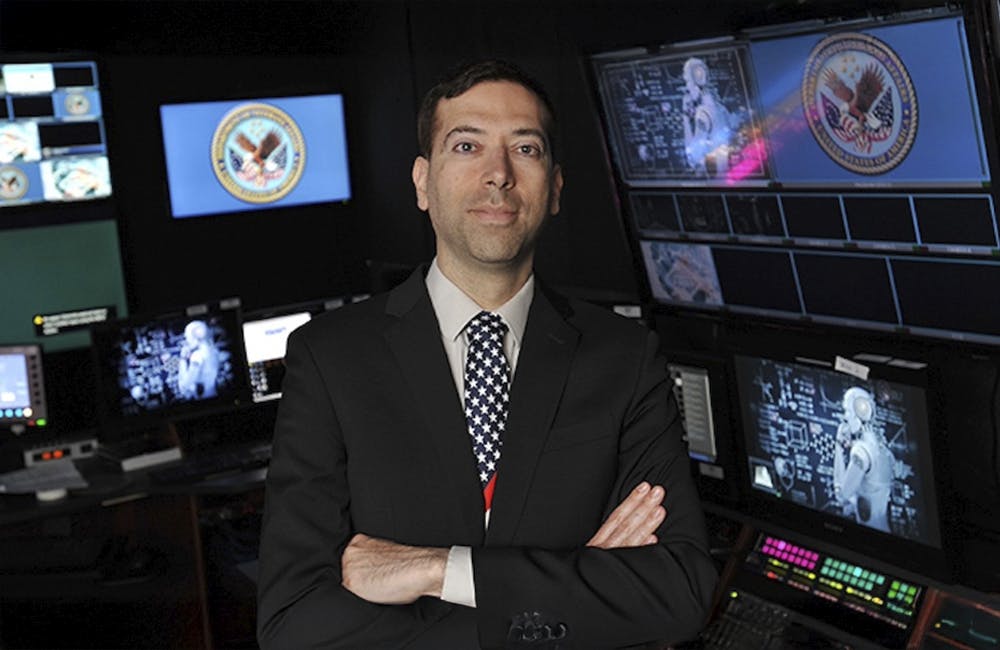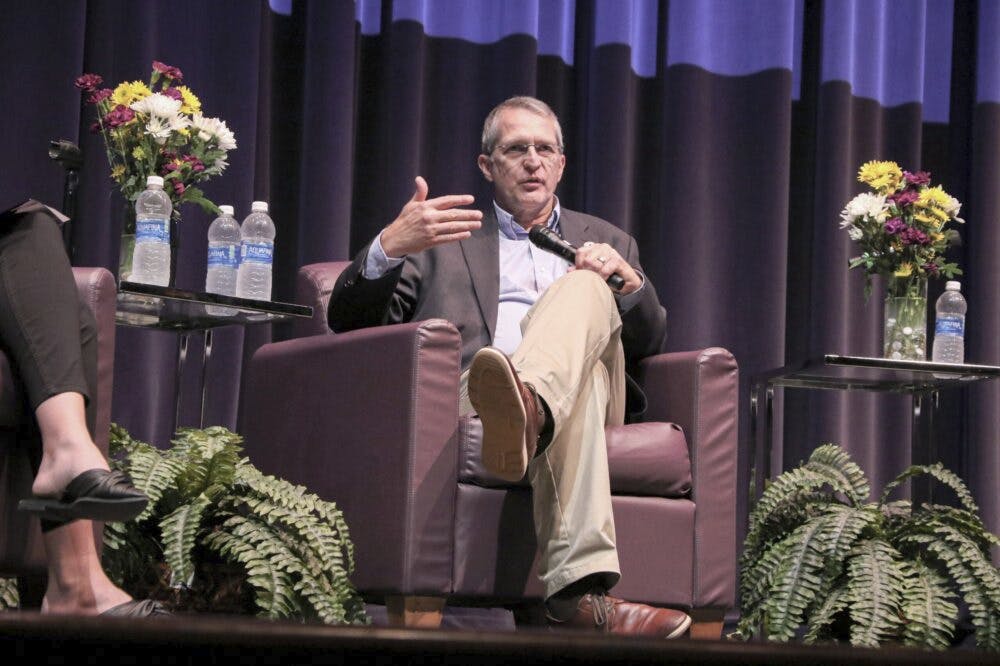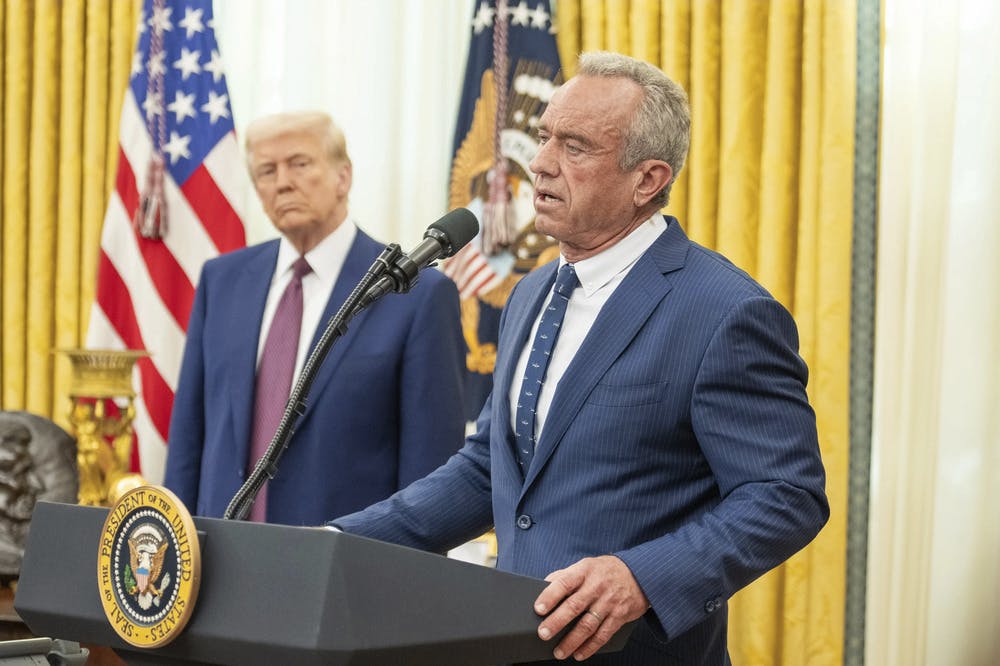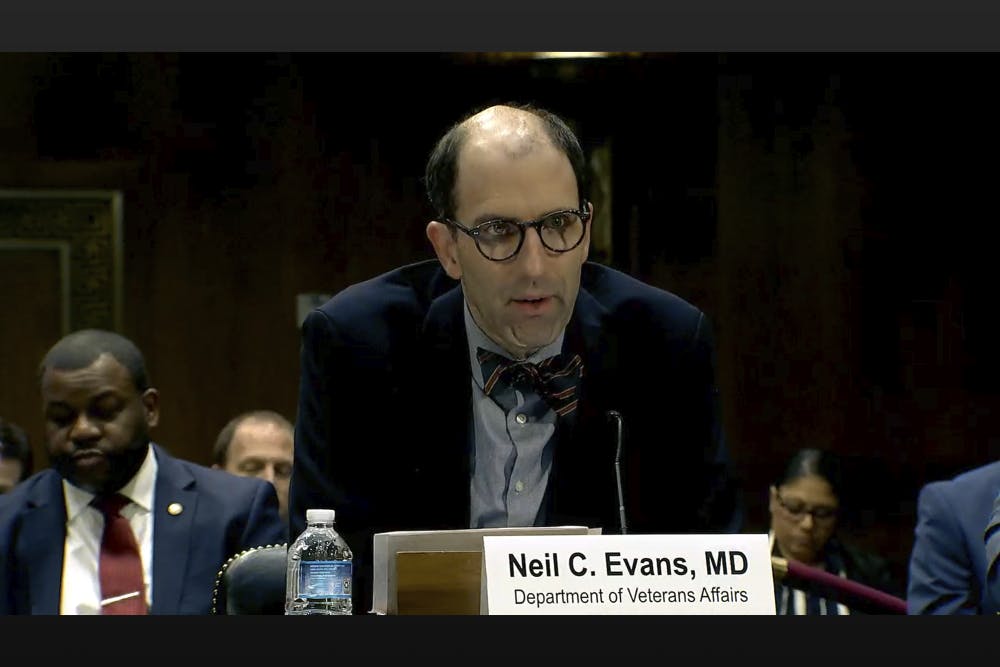VA Secretary Pledges to Protect Benefits Amid Spending Cuts
Doug Collins pledged to divert spending toward direct veteran care and benefits as veteran organizations outline upcoming priorities.

Department of Veterans Affairs Secretary Doug Collins, in his first major address to a veterans service organization since taking office, vowed to put veterans first and defend their hard-earned benefits and health care. This comes as the agency looks for cost-cutting measures amid sweeping government-wide spending cuts.
Speaking at the Disabled American Veterans (DAV) Mid-Winter Conference in Arlington, Virginia, Collins acknowledged the challenges facing veterans and the VA, including high rates of veteran homelessness and suicide.
He committed to working directly with Congress to improve access to VA and community care and redirect some of its spending on programs that don’t directly impact veterans.
“The veteran is now first at the VA,” Collins said at the conference Sunday. “The idea that the veteran has to call a congressman or a senator to get help with the benefits they earn means that the VA has failed. … Failure is not an option.”
The secretary’s remarks come as the Trump administration has directed federal agencies to identify budget cuts to rein in government spending. This has led to VA dismissing more than 1,000 probationary employees, eliminating $14 million from DEI initiatives and other contract-related cost cuts.
“Benefits, health care — not compromised. Period,” Collins emphasized. “My priorities are pretty simple, that untimely access to care and benefits is not an option.”
Veteran Groups Weigh In
Directives to cut government spending have raised concerns among veterans groups that critical benefits and services could be on the chopping block.
DAV National Adjutant Barry Jesinoski at the conference warned of potential efforts to means-test or reduce VA disability compensation. He called it efforts to “reduce the deficit on the backs of the individuals and the families whose sacrifices made our national prosperity possible” and an attempt to “disregard the sacrifices veterans have made.”
Recent legislation such as the PACT Act expanding benefits for toxic-exposed veterans and the Senator Elizabeth Dole 21st Century Veterans Healthcare and Benefits Improvement Act expanding home care and caregiver programs not only unlocked more funding for care, but also resources for VA to streamline claims processing and other technology infrastructure.
DAV National Commander Dan Contreras urged the group to push further on other areas like women-specific health care, mental health care and modernizing infrastructure.
“Provide insight to complex issues and demonstrate the need for solutions,” he said. “Remind our elected officials that behind every policy and statistic there are real people with real stories and experiences that matter.”
Another area of concern is VA’s electronic health record (EHR) modernization program replacing its legacy Veterans Health Information Systems and Technology Architecture (VistA) EHR with the new Oracle-Cerner EHR interoperable with the Defense Department.
DAV Deputy National Legislative Director for Health Jon Retzer noted concerns about how staff reductions might impact such programs or the tech talent that powers them.
“How will it impact when you have IT personnel that may resign or leave or be let go — where’s the continuity of the technical aspects of functionality, usage, the training, the supervision, oversight and accountability?” he told GovCIO Media & Research in an interview. “They really need to retain these people who have that institutional knowledge, who know the old system of VistA.”
Retzer noted that DAV is recommending $921 million in funding for fiscal year 2026 to avoid budget shortfalls that have previously caused delays. A modernized health record, he said, ensures veterans get the care they need efficiently.
“Our big ask is that we have modernization of a system that is, one, going to ensure patient safety and confidentiality and, two, is that there is going to be this interoperability,” he said.
He noted further needs for encouraging community care providers to connect their systems with VA’s EHR. He referenced success in VA’s use of APIs to integrate the Veterans Benefits Management System with VSO’s case management systems.
“That interoperability has to be from DOD to VA, via VA to community care,” he said. “We also want to make sure with the EHRM is that there’s the research component that is maintaining all the data of all the research that VA has been doing and with their partners.”
DAV’s Contreras is scheduled to present the organization’s legislative priorities to a joint session of the House and Senate Veterans’ Affairs Committees Tuesday.
This is a carousel with manually rotating slides. Use Next and Previous buttons to navigate or jump to a slide with the slide dots
-

FEHRM CTO Targets Two-Year Cloud Migration for Federal EHR
Lance Scott touts new EHR tech advancements, including cloud migration, expanded data exchange and AI integration to improve care delivery.
4m read -

VHA’s AI Chief Led NIH’s New AI RFI
The agency's AI chief Gil Alterovitz helped develop a plan that hints at how NIH is charting the future of AI and biomedical research.
5m read -

VA Plans Future EHR Deployment on Facility Relationships
VA’s EHR program is expected to restart in 2026 and will plan deployment based on pre-existing relationships between facilities to drive interoperability.
21m watch -

Trump Taps Maj. Gen. John Bartrum to Lead VHA
Nominated for VA's top health role, Bartrum brings over four decades of military and public service to the agency.
3m read -

AI Growing in Focus Amid HHS Restructure
Department of Health and Human Services officials see promise in artificial intelligence amid efficiency goals.
4m read -

Federal EHR Leaders Eye Ambient Dictation, Interoperability
Officials from DOD and VA said they are exploring new EHR features such as functionality in offline status and interoperability.
5m read -

Federal Agencies Tout Tech in President Trump’s First 100 Days
Defense modernization and health care restructuring landed among some of the key IT highlights within the president's first few months.
6m read -

VA Plans to Rollout Its EHR in 'Waves,' Program Chief Says
VA takes a new approach to its electronic health record deployment, following a proposed $2 billion White House funding boost.
4m read -

VA Secretary Tells Congress Tech Efficiencies Will Help Offset Workforce Reductions
Technology improvements will help allow department to maintain veteran care, VA leadership tells Senate Veterans Affairs Committee.
-

Tracking CIOs in Trump's Second Term
Stay informed on the latest shifts in federal technology leadership as new CIOs are appointed and President Trump's second term takes shape.
6m read -

Technology Modernization Drives a More Efficient Government
Federal agencies are modernizing tech, data and cybersecurity to streamline operations, boost efficiency and improve government services.
20m read -

President's FY2026 Budget Request Puts Big Bets on Tech
OMB proposes significant reductions for civilian agencies, but earmarks funds for AI, space exploration and energy.
3m read
















